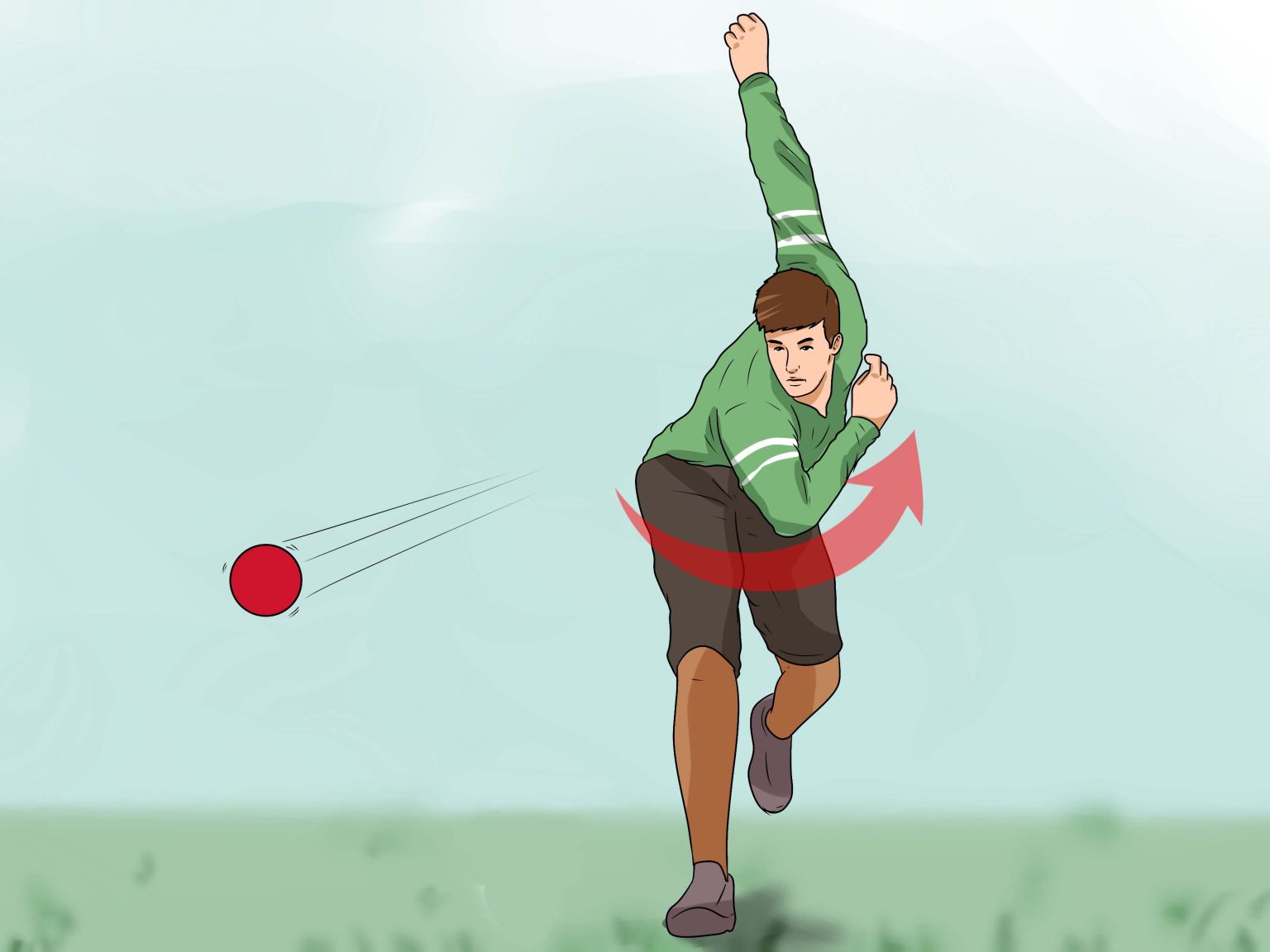Bowling is one of cricket’s most skillful and strategic disciplines. A bowler’s ability to control pace, swing, spin, and accuracy can define a match, making an understanding of different bowling techniques essential for players and enthusiasts alike.
Fast Bowling Techniques
Fast bowlers rely on speed, bounce, and seam movement to challenge batsmen. Techniques include:
- Swing Bowling: Using the seam and wrist position to make the ball move in the air, either away from or into the batsman.
- Seam Bowling: Delivering the ball so it hits the seam and deviates off the pitch.
- Bouncers and Yorkers: Short-pitched balls to intimidate or target the batsman’s technique and low full-length deliveries to restrict scoring.
Spin Bowling Techniques
Spin bowlers use finger or wrist Jeetbuzz movements to impart rotation, deceiving batsmen with turn and variation. Common techniques include:
- Off-Spin: Turning the ball from off to leg for a right-handed batsman.
- Leg-Spin: Turning the ball from leg to off, often using variations like googlies and flippers.
- Left-Arm Spin: Using finger or wrist spin to create movement away from or into the batsman.
Bowling Grip and Action
Proper grip, arm action, and follow-through are crucial for consistency and accuracy. Bowlers adjust their grip depending on the type of delivery and desired movement, while maintaining a smooth, repeatable action to reduce injury risk.
Variation and Strategy
Successful bowlers mix speeds, lengths, and lines to outsmart batsmen. Variations like slower balls, cutters, and doosras add unpredictability, making it difficult for batsmen to settle.
Reading Batsmen and Conditions
Understanding a batsman’s weaknesses and adjusting to pitch conditions, weather, and match situation is vital. Skilled bowlers Jeetwin exploit gaps, use field placements strategically, and adapt tactics in real time.
Mental Toughness and Focus
Bowling requires concentration, patience, and resilience. Handling pressure, maintaining rhythm, and staying composed after setbacks are essential traits for effective performance.
Training and Physical Fitness
Strength, stamina, and flexibility are key for bowlers to sustain pace, spin, and control. Drills, conditioning, and practice sessions focus on technique, endurance, and injury prevention.
FAQ
Q1: What are the main types of bowling in cricket?
The main types are fast bowling, which relies on speed and movement, and spin bowling, which uses rotation and variations to deceive the batsman.
Q2: How do bowlers vary their deliveries effectively?
Bowlers use different lengths, speeds, lines, and variations like slower balls, cutters, and spin tricks to keep batsmen guessing.
Q3: Why is mental toughness important for bowlers?
Mental toughness helps bowlers stay focused, handle pressure, adapt to changing conditions, and recover from setbacks during a match.


